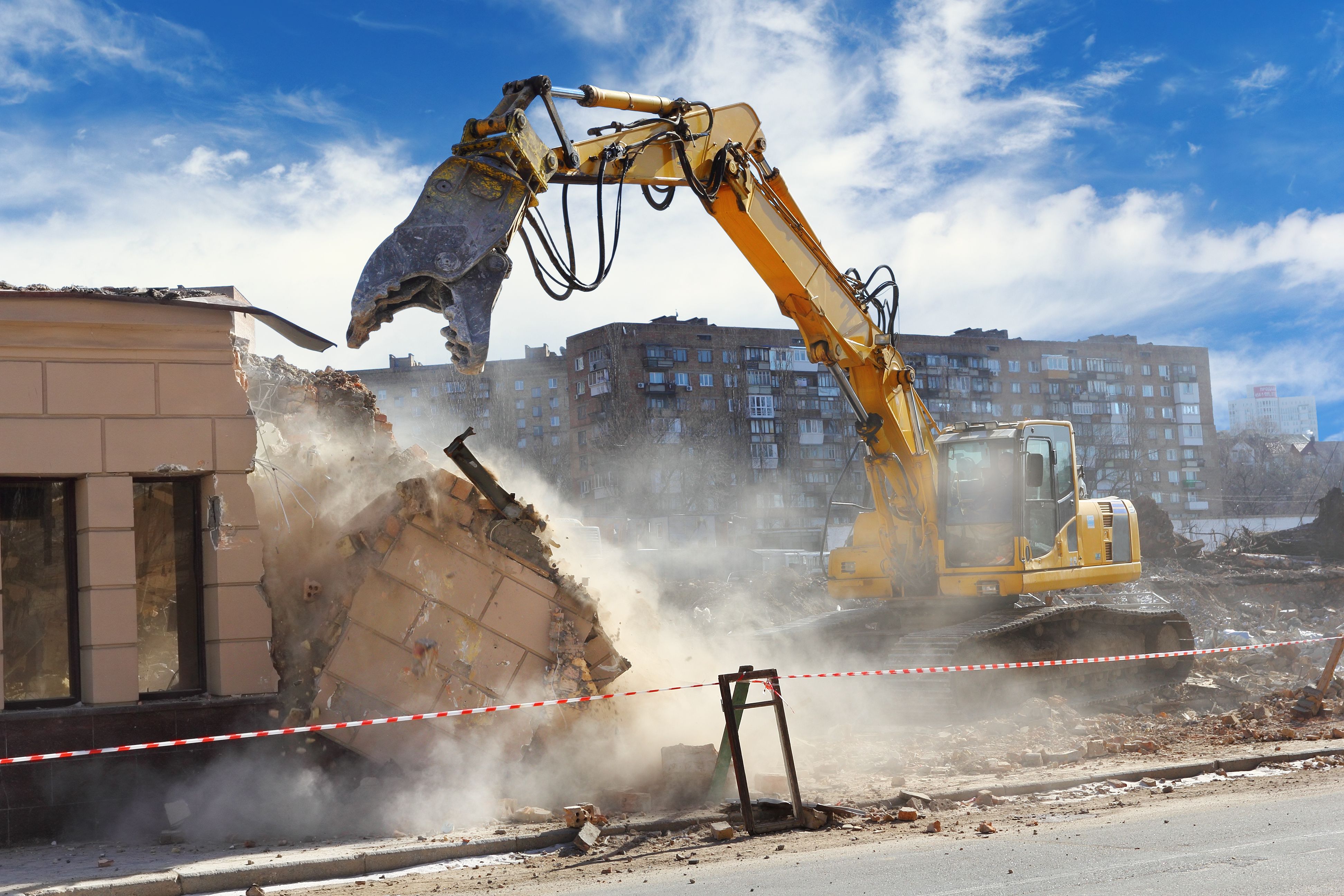

- Home
- Blog
- About Quality Demolition and Land Clearing
- Get a Free Estimate!
- FAQs: Land Clearing, Excavation & Demolition in Knoxville
- Demolition Services
- Land Clearing & Site Prep
- Emergency Debris Removal Service
- Tree & Brush Removal
- Excavation & Grading
- 🏗️ Demolition, Excavation & Land Clearing Services in Maryville, TN
- Mobile Home Demolition & Removal in Knoxville, TN
- Pool Demolition & Removal Services in Knoxville, TN
- Concrete & Foundation Removal
- Dump Truck Hauling & Material Delivery in Knoxville, TN | Gravel, Mulch & Dirt
- knox county demolition and land clearing
The Environmental Impact of Demolition and How We Mitigate It
Understanding the Environmental Impact of Demolition
Demolition is an essential process in urban development and renewal, but it carries significant environmental concerns. The deconstruction of buildings can lead to waste generation, resource depletion, and pollution. Understanding these impacts allows us to implement strategies that minimize environmental damage and promote sustainable practices.
Construction and demolition activities produce a substantial amount of waste, which often ends up in landfills. This waste includes materials such as concrete, wood, metals, and plastics, all of which can take years, if not centuries, to decompose. Additionally, the demolition process can release harmful substances into the air and soil, further exacerbating environmental issues.

Strategies for Mitigating Environmental Impact
Fortunately, there are several strategies that can be employed to mitigate the environmental impact of demolition. One of the most effective methods is recycling and reusing building materials. By carefully dismantling structures and salvaging materials like steel beams, bricks, and fixtures, we can significantly reduce waste and conserve resources.
Another important approach is to incorporate sustainable demolition practices. This includes using eco-friendly equipment that reduces emissions and noise pollution. Employing methods such as deconstruction rather than traditional demolition can also minimize environmental damage by allowing for more precise removal of materials.

Implementing Technology in Demolition
The integration of technology in demolition processes has shown promise in further reducing environmental impacts. For instance, advanced machinery can improve the efficiency of material separation and recovery, ensuring that more materials are suitable for recycling.
Drones and 3D modeling technology are also being utilized to survey demolition sites accurately. This allows for better planning and execution of demolition activities, minimizing unnecessary destruction and optimizing the reuse of materials.

Regulatory Measures and Industry Standards
Governmental regulations and industry standards play a crucial role in mitigating the environmental impact of demolition. These measures enforce strict guidelines on waste management, pollution control, and safety protocols that companies must adhere to.
Adopting green certification programs such as LEED (Leadership in Energy and Environmental Design) encourages companies to follow sustainable practices. These certifications not only help reduce environmental footprints but also enhance the reputation and marketability of construction projects.
The Role of Community Awareness
Community involvement is vital in promoting environmentally friendly demolition practices. Educating the public about the benefits of sustainable demolition can drive demand for greener projects and encourage local authorities to support eco-friendly initiatives.
Residents can also contribute by advocating for the preservation of historical sites or supporting developments that prioritize sustainability. Grassroots movements can influence policy changes and push for stricter environmental regulations in the construction industry.

Future Prospects in Sustainable Demolition
Looking ahead, the future of demolition lies in balancing urban development with environmental stewardship. Innovations in materials science could lead to the creation of biodegradable construction materials that ease the burden on landfills.
As awareness of environmental issues grows, more companies are likely to invest in research and development to find new ways to minimize the ecological impact of their operations. This shift towards sustainability is not only beneficial for the environment but also offers economic advantages by reducing disposal costs and conserving resources.